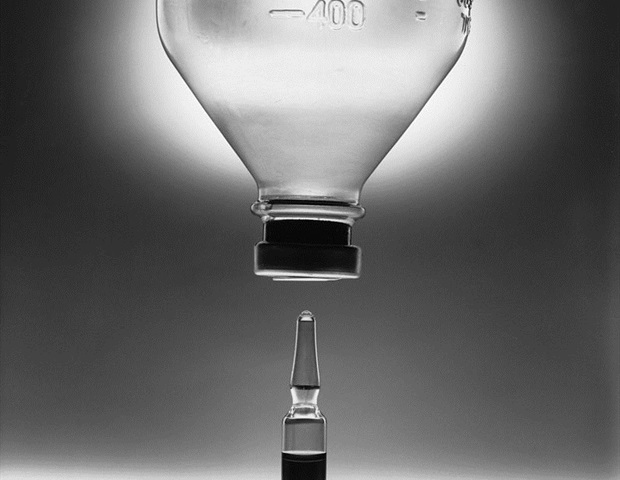In our increasingly digital world, the average person spends hours daily in front of screens - whether on a smartphone, tablet, computer or television - and these devices emit blue light, a type of high-energy visible (HEV) light, which has become a subject of concern for its potential effects on skin health and ageing. While the harmful effects of UV rays are well-known, recent studies and dermatologists have highlighted the role of blue light in accelerating skin ageing. Understanding Blue Light and Its Sources Blue light is part of the visible light spectrum, with wavelengths between 400-500 nanometers.
It is present in sunlight but is also emitted by digital screens, LED lights, and fluorescent lighting. Although blue light exposure from the sun is far more significant than from digital devices, the proximity and duration of exposure to screens make this a concern for skin health. In an interview with HT Lifestyle, Dr Deepak Jakhar, Consultant Dermatologist at Dermosphere Clinic, explained that blue light penetrates the skin more deeply than UV rays, reaching the dermis, where collagen and elastin reside.
“This deep penetration can lead to oxidative stress, which damages skin cells and contributes to premature ageing,” he revealed. The impact of blue light on the skin is not just about ageing; it can also exacerbate pigmentation issues, particularly in those with darker skin tones. How Blue Light Contributes to Skin Ageing Oxidative stress is a key mechanism by which .


















